The Basics Of Garage Floor Epoxy
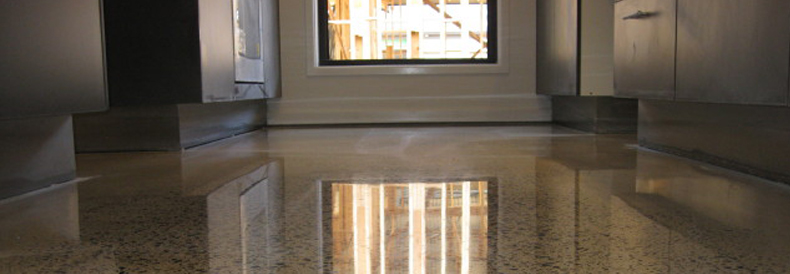
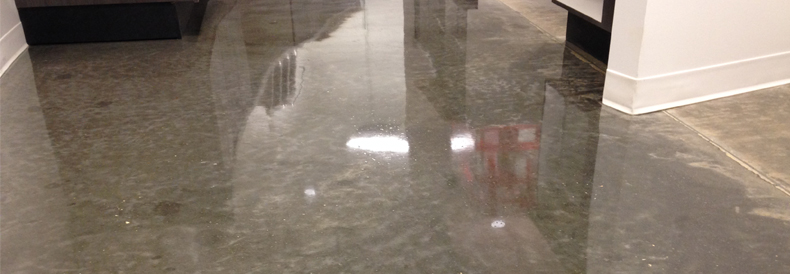
To put it in simplistic terms, most epoxy flooring systems are a 2 part system that includes an epoxy resin and a hardener. The 2 major types of epoxy flooring are known as the 100% Solid Epoxy System while the lesser is known as water-based or solvent-based epoxy. The main difference between the 2 are the chemical compounds used to create the system. 100 percent solid systems use a pure mixture of epoxy with no fillers or additives, making it the more durable coating while water-based systems use water as a solvent., while they are not much less durable than solid epoxies, they take longer to dry and won’t last as long. Remember, epoxy paints are not real epoxy, they are simply paints that have an epoxy additive to make them dry harder than normal and should not be used when functionality is desired.
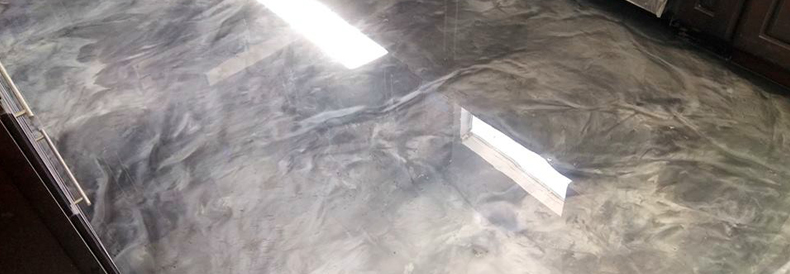
The installation process of garage floor epoxy is extremely precise and must be done correctly or the epoxy may face catastrophic failure, which is why many homeowners opt to have a professional come to install their coating. But, installation starts with surface preparation of the concrete substrate. This process includes repair of cracks, weathered portions and gouges to create a seamless and smooth finish. After the concrete has been repaired, the profiling of the concrete slab will begin which consists of the top layer of concrete being ground down with diamond wheel attachments or shot blasting depending on the size of the area. After surface preparation is completed, a primer is laid down to promote a tighter bond between the epoxy and the concrete slab. Epoxy installation can be done 2 ways, with a roller or a squeegee. Rollers are most commonly used in smaller areas like garages but commercial garages can be coated quicker with a squeegee. After the epoxy is installed, allow the coating for at least 24 hours before walking on it and 72 hours before vehicles drive on the coating.
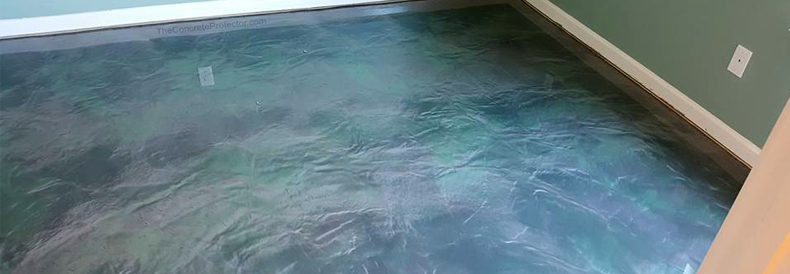
Because of the simplicity of the maintenance of garage epoxy, it is most often one of the main reasons why homeowners make the switch. For day to day maintenance, all that is required is a dust mop and standard wet mop to thoroughly clean the surface. When tougher liquids are affecting the surface, use a PH neutral cleaner paired with your mop to lift the contamination. In terms of long term maintenance, the topcoat or seal coat of the epoxy system may last the entire lifespan of the system in most garages but in garages that heavily use the floor, they may need to be replaced every 10 years.
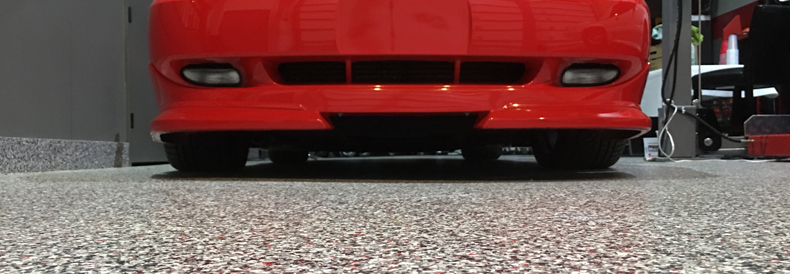
- Abrasion Resistance
- 14,000 PSI Weight Tolerance
- Stain And Chemical Resistance
- Service Life Of Up To 30 Years
- Increased Home Value

